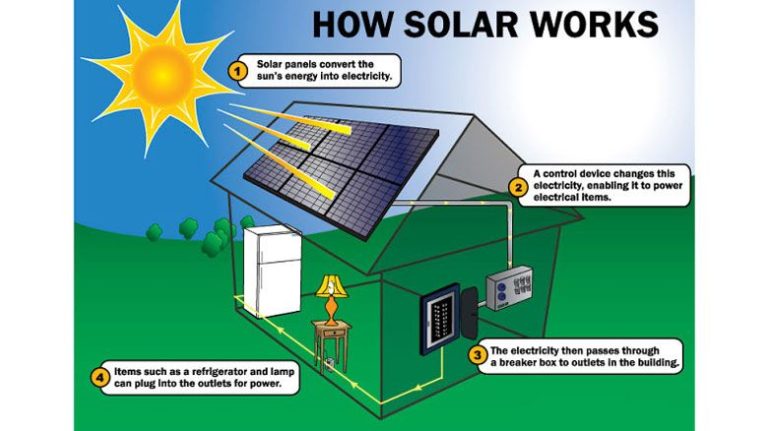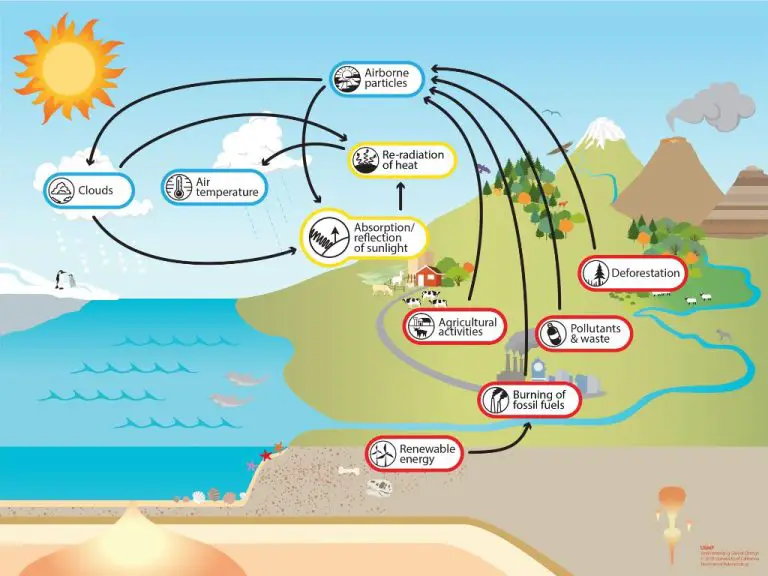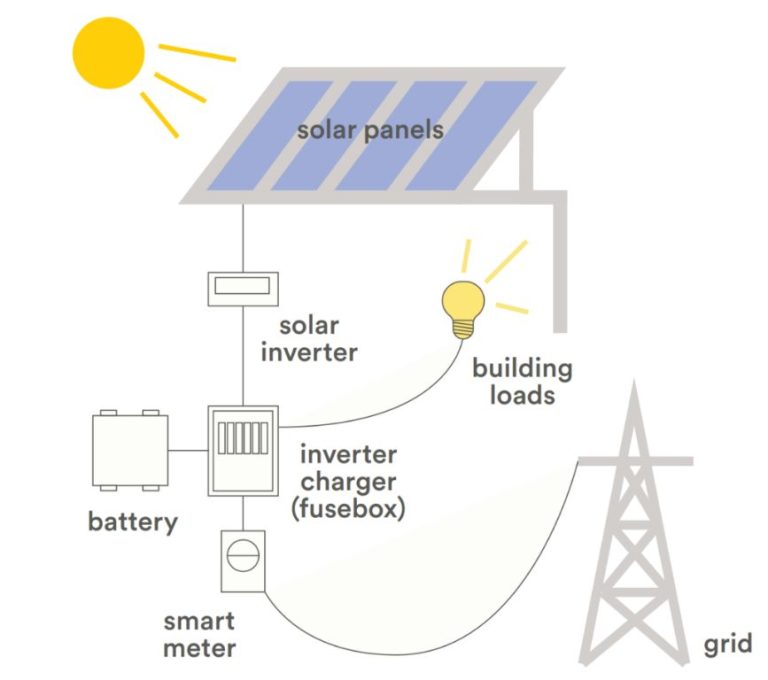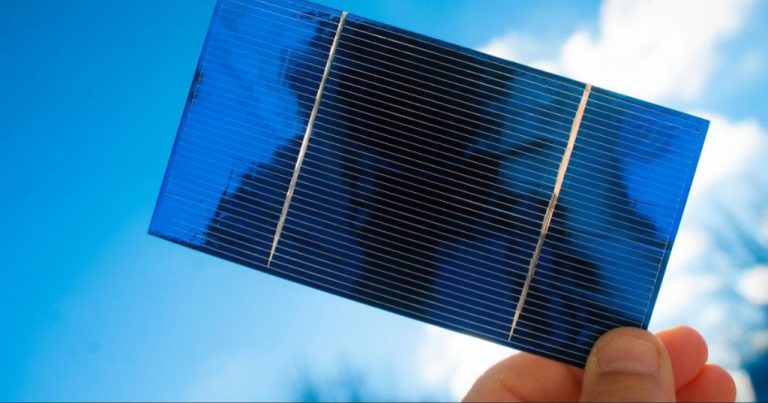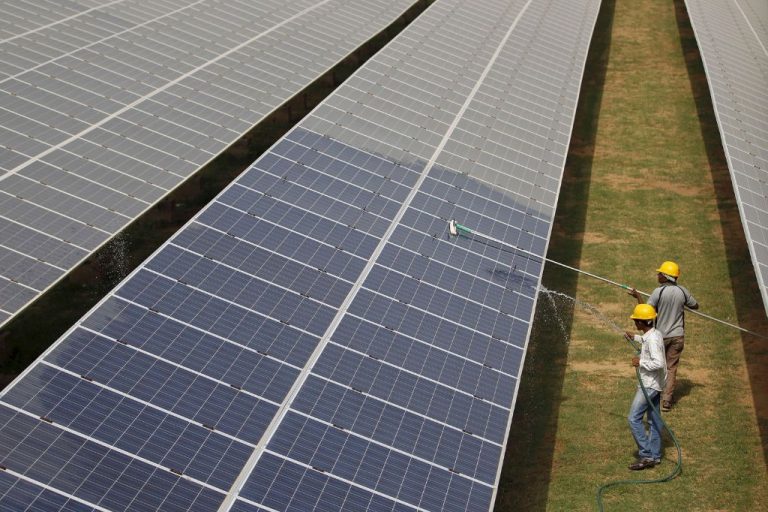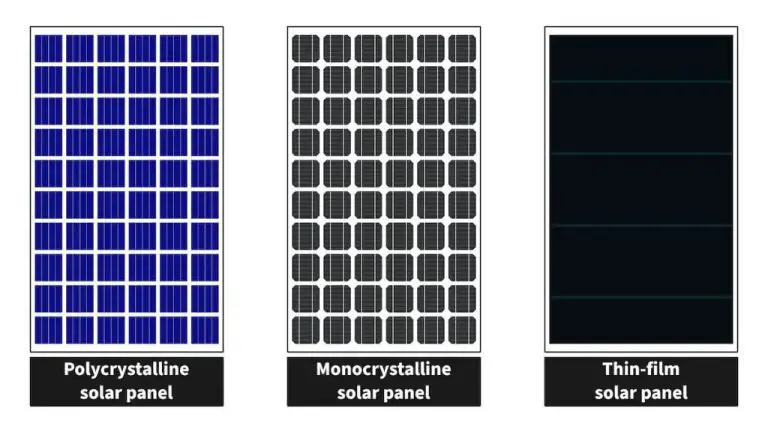How Long Has Solar Been In Australia?
Solar power has become an increasingly important source of renewable energy in Australia over the past few decades. With abundant sunshine and large expanses of unused land, Australia has tremendous solar resources that can be harnessed to generate clean electricity without carbon emissions.
The development of solar power in Australia has allowed households, businesses, and utilities to tap into this renewable resource and reduce reliance on fossil fuels. Solar panels on rooftops now commonly supply electricity to homes and commercial buildings across the country.
In addition, large-scale solar farms have been constructed to feed electricity into the grid on a utility scale. As solar technology continues to improve and costs decline, solar energy is expected to play a major role in Australia’s future electricity mix.
This article will provide an overview of the history and development of solar power in Australia over time, from early research in the 1950s to the current status as a mainstream energy source today.
Early Solar Development in Australia
The origins of solar technology in Australia date back to the early 1900s with the emergence of solar water heaters. Australia has an abundance of sunlight which made it an ideal location for adopting solar technology. Some of the earliest uses of solar were to heat water for residential and commercial buildings.
By the 1920s, solar water heaters became more widely available in Australia. These early solar water heating systems consisted of storage tanks that were heated by sunlight. The Clare Corporation in South Australia was one of the first companies to manufacture solar water heaters in Australia starting in 1953.
In addition to solar water heating, Australia also saw some early use of solar photovoltaics. In the 1950s, Australia was using small scale solar panels to power navigational beacons and telecommunication systems in remote locations.
While solar was limited to niche applications in the early 1900s, Australia’s climate was ideally suited for solar technology. This early adoption laid the foundation for broader solar usage in the coming decades.
Solar Power Research in the 1950s-60s
Solar photovoltaic research in Australia began in the 1950s with important work being done at universities. In 1954, the University of Queensland initiated solar cell research by establishing a semiconductor group. This led to Australia’s first silicon solar cell in 1958.
In the 1960s, solar research expanded to other universities including the University of New South Wales. A major development came in 1964 when engineer David Woodall invented a silicon cell design that could achieve 15% efficiency, a significant improvement over previous solar cells. This “PERL” cell put Australia at the forefront of PV research globally.
Other key innovations in the 1960s included the University of New South Wales demonstrating a silicon concentrator solar cell with 18% efficiency in 1966. Researchers also began testing solar panels for remote electricity and communications applications during this decade. Though still experimental, these university projects laid the groundwork for commercial solar adoption in the 1970s.
Emergence of Commercial Solar in the 1970s
The 1970s saw the emergence of commercial solar PV systems in Australia. As solar cell prices began to fall dramatically in the early 1970s thanks to new manufacturing processes, solar started to become a viable option for residential and commercial use. The 1973 oil crisis also sparked interest in renewable energy sources like solar to reduce dependence on imported fossil fuels.
In the mid-1970s, Australia’s first commercial solar PV systems were installed, including at the University of New South Wales. These early systems were small, usually only 1-2 kW in size. But they demonstrated the potential for solar to be used at a larger scale than just calculators and watches. The late 1970s saw solar PV systems becoming more common on telecommunication relay stations, rural schools, communities, and remote homes not connected to the electricity grid.
While still expensive compared to grid electricity at the time, these commercial solar installations showed solar PV could be a practical energy solution in Australia. This set the stage for further growth as costs declined over the following decades.
Government Support for Solar
The Australian government has played a key role in supporting the growth of solar power in the country through rebates, incentives, and initiatives starting in the 1990s. Some of the major programs include:
The Photovoltaic Rebate Program (PVRP), introduced in 2000, which provided households with a rebate up to $8 per watt installed for solar PV systems up to 1.5kW. This kickstarted the rooftop solar market in Australia.
The Renewable Energy Target (RET) scheme, launched in 2001. This mandated energy retailers to source a percentage of their electricity from renewable sources. The large-scale RET supported big solar farms while the small-scale RET provided incentives for households to install rooftop solar.
Solar Cities, a $75 million program starting 2006 to trial new solar technologies and financing arrangements in selected urban areas like Adelaide and Townsville. This further demonstrated the viability of solar for widespread roll-out.
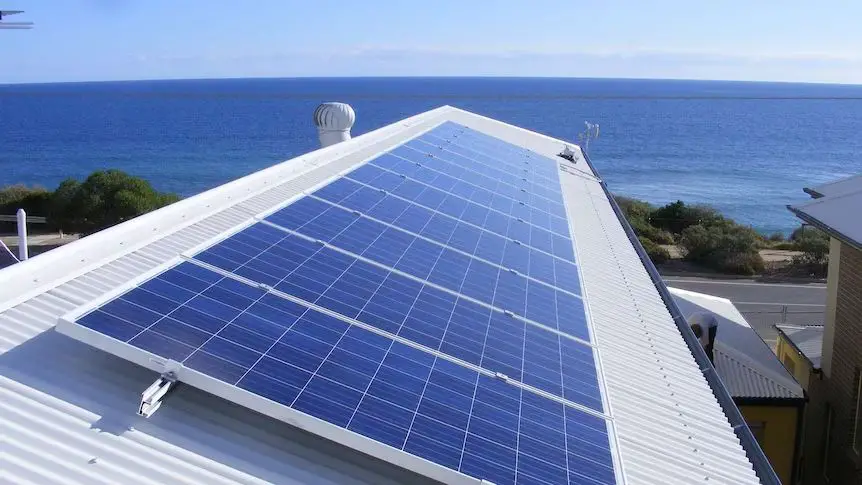
The Solar Homes programs by State governments, commencing around 2009, which have provided rebates, interest-free loans, and other incentives for homeowners to add rooftop solar and solar batteries.
Solar Boom in the 2000s
The 2000s saw explosive growth in rooftop solar installations across Australia as prices fell dramatically. Several factors drove this solar boom:
Costs for solar panels dropped over 80% between 2008-2013 as manufacturing scaled up globally. This made rooftop solar much more affordable for homeowners.
State and federal rebate programs like the Renewable Energy Target provided financial incentives for households to install solar PV systems.
High electricity prices from fossil fuels made solar more cost competitive.
Battery storage emerged as an option, allowing solar households to store excess generation for later use.
By 2009, over 100,000 Australian homes had rooftop solar. This grew to over 1 million homes – about 25% of households – by 2013. In some neighborhoods, rooftop solar penetration reached over 50%.
The solar boom transformed Australia’s energy landscape. It empowered households to become producers as well as consumers of energy. This distributed model provided flexibility and resilience for the electricity grid.
Large-Scale Solar Farms Emerge
The 2010s saw the emergence of utility-scale solar farms in Australia, taking advantage of the country’s abundant sunlight and open spaces. In 2015, the 53MW Moree Solar Farm in New South Wales became the first large-scale solar project completed in Australia since 2011. Moree featured over 220,000 solar panels and was capable of powering over 15,000 homes.
Other major solar farms soon followed. In 2017, the 100MW Clare Solar Farm in Queensland and the 100MW Nyngan Solar Plant in NSW were completed. The Nyngan plant was the first large-scale solar project in Australia built without any government subsidies. The 280MW Sun Metals Solar Farm in Queensland also opened in 2018, which remains the largest operating solar farm in the country. These projects demonstrated that large-scale solar was becoming commercially viable in Australia.
The pace of utility-scale solar development accelerated greatly from the late 2010s onwards. In 2019 alone, over 20 new solar farms exceeding 100MW capacity were completed across New South Wales, Queensland and Victoria. Major projects included the 275MW Kiamal Solar Farm in Victoria and the 400MW Limondale Solar Farm near Balranald, NSW. Large energy users like mining companies also increasingly turned to solar, with the construction of facilities such as the 56MW Sunraysia Solar Farm built to power Sunraysia’s irrigation pumps.
By 2021, Australia had over 75 utility-scale solar farms in operation with a combined capacity exceeding 8,000MW. Such rapid growth was enabled by falling technology costs as well as renewable energy targets and financial incentives from state and territory governments. With its high solar resources and swathes of empty land, Australia is expected to continue rapidly scaling up its large-scale solar capacity in the years ahead.
Current State of Solar in Australia
Solar power has grown rapidly in Australia over the past decade. As of 2022, Australia has over 3 million solar PV systems installed across rooftops, commercial buildings, and utility-scale solar farms. Total solar PV capacity is now over 25,000 megawatts, providing enough electricity for over 4 million homes.
Solar accounted for over 12% of Australia’s total electricity generation in 2021. This is up from just 2.4% in 2015, showcasing the tremendous growth. Queensland leads the states in installed solar capacity at 7,000 megawatts, followed by New South Wales and Victoria. Households make up the majority of solar installations, with over 2.5 million rooftop solar systems across the country.
Large-scale solar farms have also emerged as a major source of renewable energy. As of early 2022, Australia had over 100 utility-scale solar farms in operation, providing thousands of megawatts of carbon-free energy to the grid. More large solar farms are under construction and development as well. The dramatic growth of solar power has helped drive down electricity prices and reduced carbon emissions, benefiting the environment and consumers.
Future Outlook
With its abundance of sun and vast open spaces, Australia is poised for continued rapid growth in solar power over the coming decades.
Projections indicate that solar will account for over 20% of Australia’s electricity generation by 2030. As solar panel costs continue to fall and energy storage solutions improve, rooftop solar on homes and businesses will boom. Many experts predict that rooftop solar combined with batteries will become the norm for households in the sunny parts of Australia like Queensland and Western Australia.
Large-scale solar farms are also expected to proliferate, supported by the Renewable Energy Target which aims for 33,000 GWh of renewable energy by 2020. Solar farms with capacities above 100MW are being constructed in remote areas with high solar resources.
Innovations in solar technology like solar windows, solar roads, floating solar farms, and improved solar thermal plants will unlock further potential. Australia is poised to become a major global exporter of solar power to Asia through high-voltage direct current power lines.
With abundant sun, swathes of unused land, and innovative solar developments on the horizon, Australia’s solar future looks bright.
Conclusion
Solar power has come a long way in Australia over the past few decades. From humble beginnings in research labs in the 1950s, to the first commercial solar panels in the 1970s, to widespread adoption today, solar has become an integral part of Australia’s clean energy future. With ample sunshine and plenty of open spaces for large-scale solar farms, the country is well positioned to continue increasing its solar capacity. Solar now accounts for over 5% of Australia’s electricity generation, and that number is expected to grow steadily in the years ahead. As solar technology improves and prices fall, solar power will play a key role in reducing carbon emissions and making Australia’s electricity supplies more sustainable and affordable. The development of solar in Australia demonstrates the great strides renewable energy can make with the right policies and public support behind it.

